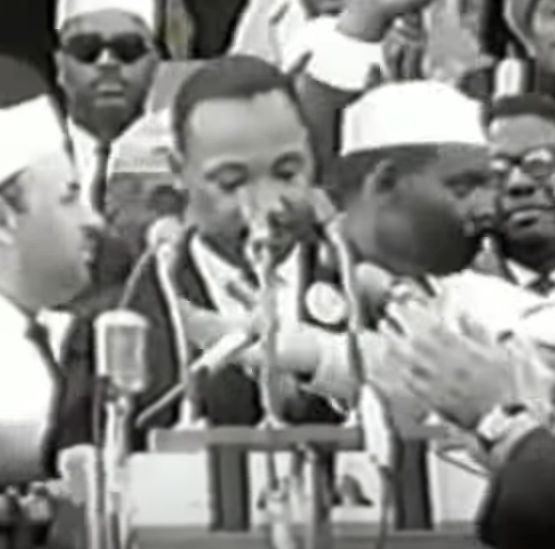Critical Race Theory relegates Civil Rights movement to dustbin of history

Critical Race Theory has inflamed tensions between activist and teachers’ union supporters against parents, educators, and the general public. Opponents claim that the theory is not only inaccurate, but is a one-sided, partisan indoctrination effort out to mislead and misinform children about America’s past. Supporters contend that the theory gives teachers an opportunity to discuss sensitive racial issues in the classroom.
The theory’s primary claim is that all longtime or established American institutions, whether they be political, legal, or education, are inherently racist and are biased against black Americans. It promotes the flawed argument that America has not progressed from the allegedly embedded racism in these institutions, despite history proving the theory and its supporters wrong.
Contrary to Critical Race Theory’s narrative, America was not founded on racism or slavery (a claim that the New York Times 1619 Project makes), but on religious and political rights. If one read the Declaration of Independence, the U.S. Constitution, or any other documents written by Founding Fathers, the misleading and false narrative would be immediately debunked.
However, much of the dialogue ignores some of the most egregious omissions from the theory’s core tenets. Accuracy in Academia outlined how Critical Race Theory ignored the impact of the U.S. Civil War and the abolitionist movement, and again, we are outlining another glaring omission: The 1950-1960’s Civil Rights movement.
The Civil Rights movement took place in the American South to reverse discriminatory Jim Crow laws, which laws limited black Americans’ right to vote safely, imposed segregationist policies on public bathrooms, athletic teams, and seating arrangements on public transit or restaurants. Figures such as John Lewis and Martin Luther King, Jr. emerged from the movement as heroes, having suffered abuse and harassment from opponents in their push for civil rights.
There were famous peaceful protests in the South, such as the Montgomery, Alabama bus boycotts, sit-in protests in Greensboro, North Carolina and Nashville, Tennessee, Freedom Riders, and the Little Rock Nine. Also, the 1963 March on Washington has become embedded in the American consciousness when King gave his “I Have a Dream” speech at the steps of the Lincoln Memorial, when he called for racial equality and national unity. The movement was ultimately victorious in pressuring politicians to pass the 1964 Civil Rights Act in Congress.
Critical Race Theory does not credit Civil Rights movement with making significant progress in desegregating the American South, and by extension, granting equal rights to minorities throughout the country. Instead, the theory focuses on the negative and how America has failed to progress in its history. Though racism is prevalent in many parts of the world, Critical Race Theory supporters make it seem that America is the sole racist country despite its overall progress on race relations and issues.
The Civil Rights Act, and subsequent legislation since its passage such as the Voting Rights Act and Fair Housing Act, are reminders and examples of how far the country has come when it comes to racial equality and equal economic opportunity for all races and ethnicities. In fact, the accomplishments of the Civil Rights movement prove that America changes over time and corrects itself from past mistakes and decisions.
As an academic theory based in legal circles, Critical Race Theory misses the mark by ignoring or excluding key parts of American history. The Civil Rights movement should not be relegated to the dustbin of history, but the movement should be emphasized as an example of societal progress.
Critical Race theory misleads and misinforms and does America’s past a disservice, which serves to undermine the very institutions that protect American liberties and freedoms.




